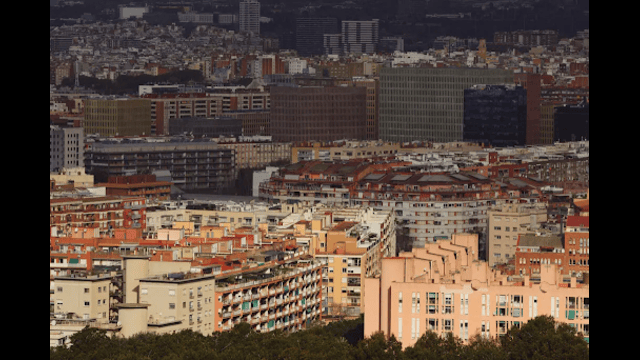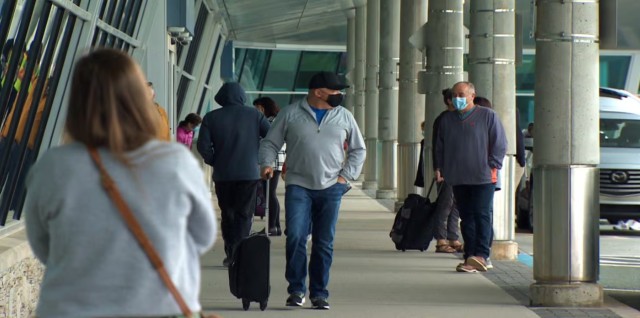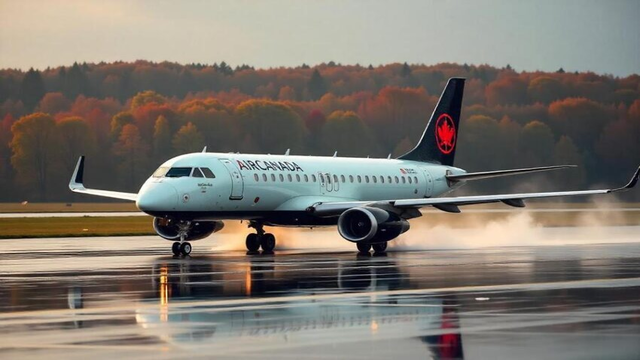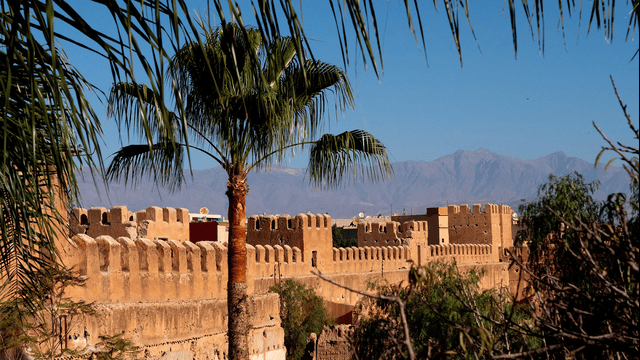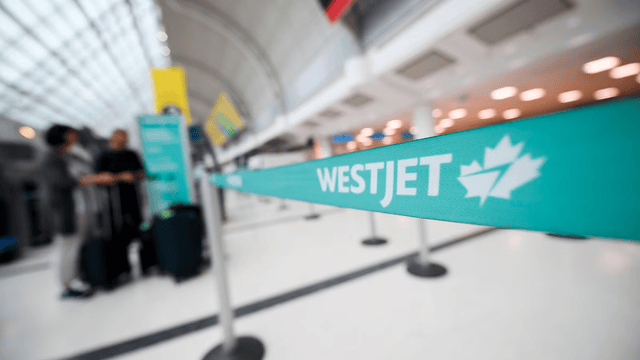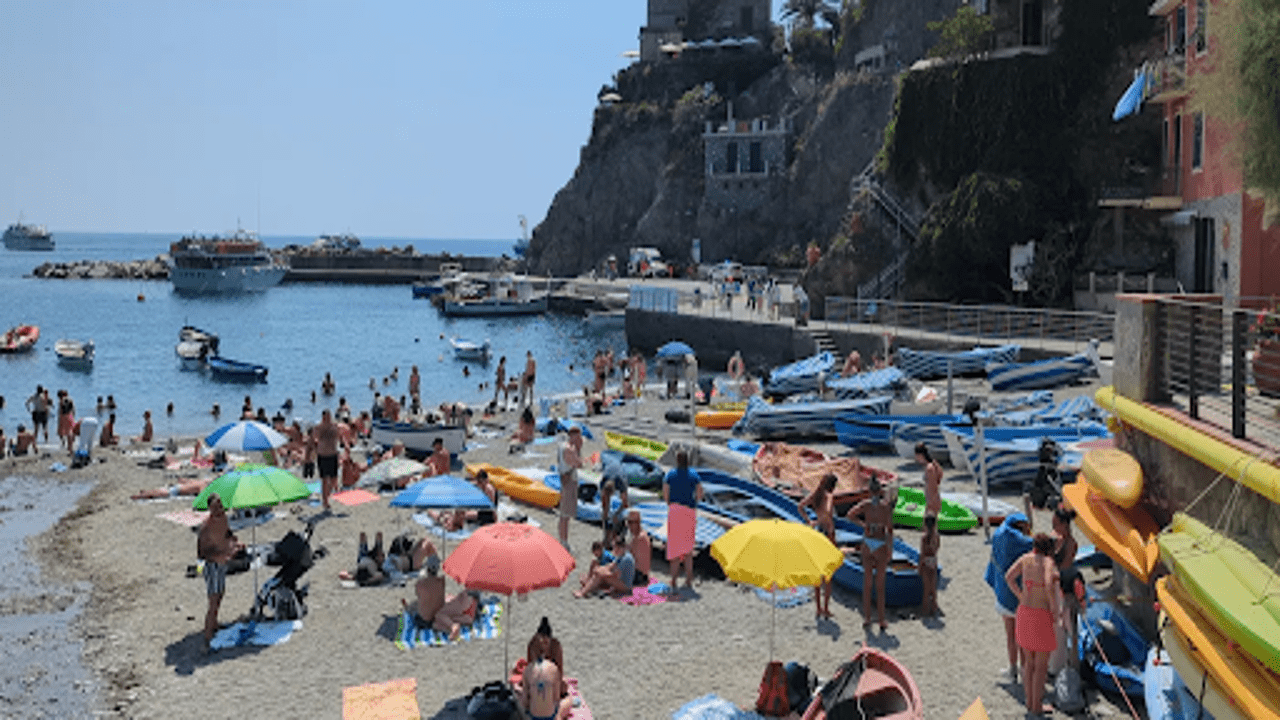
Beach scene in Cinque Terre, Italy. Travel Pulse
As European cities grapple with the overwhelming influx of tourists, Italy is stepping up to manage the surge in visitors. The country is introducing new regulations to better handle the busy travel season, which peaks during local holidays and celebrations, including Ferragosto—a traditional Italian holiday that coincides with the Catholic Feast of the Assumption.
To manage the crowds and prevent chaos, Italian towns are rolling out a series of new rules. These include beach access restrictions and innovative measures like ‘selfie stoplights.’ With 13 million Italians expected to be travelling during this peak period, along with countless tourists, the new rules aim to curb overcrowding and disruptive behaviour.
One of the key measures involves regulating beach access. In some areas, visitors must book their beach time online before they can enjoy the sand and sea. Additionally, towns are enforcing quiet hours to ensure that music on the beaches and other noisy activities end by either 2 a.m. or 5 a.m., depending on the location. To prevent damage to the natural environment, certain areas are banning the use of rocks to secure beach umbrellas, with fines of up to $550 for those who break this rule.
In major tourist destinations like Rome, the new regulations include temporary stoplights to control the flow of people stopping to take selfies in popular spots like the Colosseum. On the Amalfi Coast, traffic management measures are being introduced to alleviate congestion.
Italy’s tourism minister, Daniele Santache, expressed strong views on the issue of overtourism. He referred to it as “blasphemy” and emphasized the need for effective management and governance. Santache also highlighted ongoing efforts to prepare for future events, such as the 2026 Winter Olympics in Milan-Cortina and the 2025 Jubilee in Rome. These events are seen as opportunities to showcase lesser-known destinations, diversify tourist experiences, and highlight the charm of Italy’s beautiful villages.
The push to manage mass tourism reflects a broader trend across Europe, where many cities are struggling to balance the benefits of tourism with the challenges of overcrowding and environmental impact.









